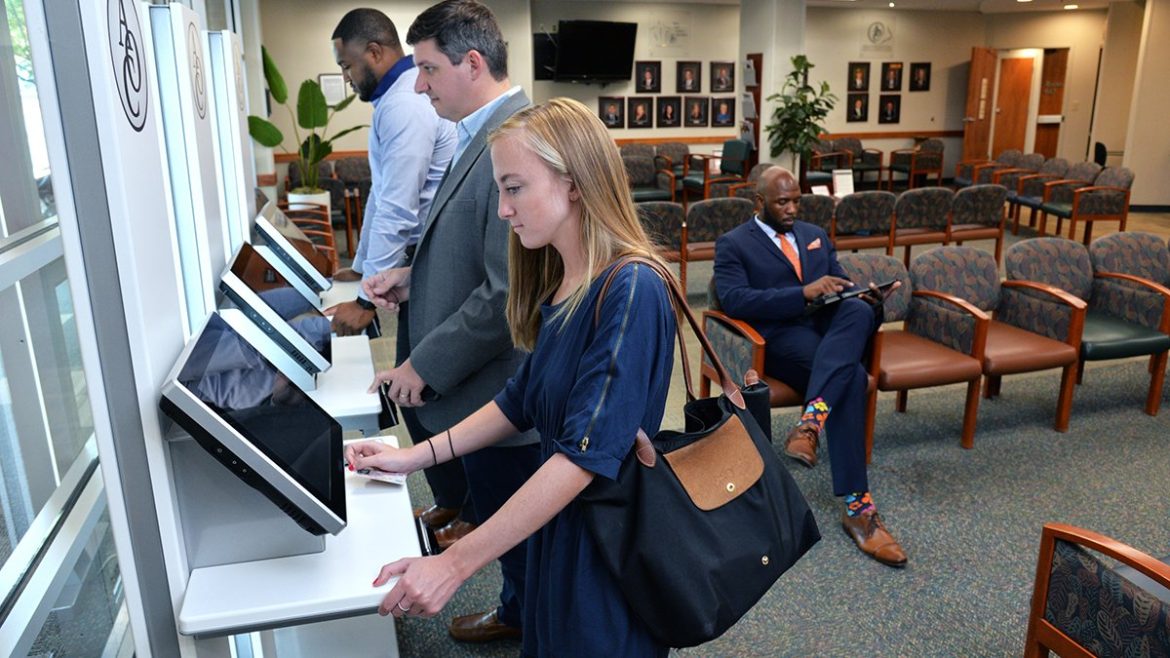Management Characteristic of Accountability in the NIMS
The National Incident Management System (NIMS) is a comprehensive nationwide framework that allows private, government, and non-government organizations to provide a management approach applicable at all levels.
NIMS establishes common terminology to enable units from different agencies to work together in a wide range of emergency functions and hazard scenarios. This helps reduce confusion and enhances interoperability. In this article, we will discuss about the most important question: Which Item Is Included in The Nims Management Characteristic of Accountabil ?
Also Read: Bluecore series georgian 1bmillertechcrunch
1. Check-in/check-out of incident personal
Accountability is a characteristic of the incident management system that emphasizes the importance of ensuring that all personnel at an incident are fully qualified to carry out their assigned duties. Specifically, it involves adhering to check-in/check-out, incident activity planning, unity of command, resource tracking, and other principles.
NIMS is a national incident management system that is being implemented at the local, state, and federal levels. It enables emergency responders from different disciplines to work together more effectively during an incident.
The nims management characteristic of accountabil also includes developing integrated communications and fostering information sharing. This allows incident teams to identify, process, and comprehend critical information about an incident in order to achieve situational awareness.
For example, if an organization has a technical specialist on an incident team, they may collect weather service data to determine if conditions are conducive to a particular objective. This data can then be used to help the team develop strategies that can be executed in order to meet those objectives.
In the same way, if an organization has a safety officer on an incident team, they can make sure that all members are safe and stop unsafe behaviors from occurring. This person can also request resources that are necessary to help the incident team stay safe.
Another component of the nims management characteristic of accountabil is the development of standard organizational structures that allow responders to work together more efficiently and quickly during an incident. These structures include a common naming convention and structure, standard command and operations, and standard procedures for establishing priorities, conducting assessments, and communicating among incident personnel. This approach can be applied to any type of emergency, regardless of its scope or complexity.
2. Standardized management approach
The standardized management approach (not to be confused with standardization) is a good way to get the most out of your employees and the most out of your bottom line. Using standardized procedures to make decisions will save you money in the long run and boost your morale in the process. The best part is, standardized management techniques are easy to implement and can be applied to any department or project. The standardized management scheme may be the best fit for your organization and will yield big results in the shortest time possible. It is a great way to demonstrate the organization’s commitment to quality service and a healthy bottom line. The standardized management strategy is a no brainer, but you will need to make sure it is implemented correctly.
3. Unity of command
One of the most important management principles that all organizations need to follow is unity of command. It is an essential concept that helps in establishing proper relationships with the employees as well as superiors of the company.
The principle of unity of command states that employees should receive orders and instructions from one boss only. It also avoids confusion among employees and creates better relations between managers and employees.
Moreover, this principle also makes sure that there is no duplication of efforts in any way. Its absence or violation can lead to unnecessary duplication of work and waste of resources.
It is also a basic conception that needs to be maintained in any organization, especially if it is a government or military agency.
If there is a lot of confusion among workers, then they may have to make poor decisions. This can also result in reduced productivity and high attrition rate of the employees.
The unity of command is also a vital principle in achieving situational awareness. It allows units to share information across agencies in order to achieve the best outcome for any incident.
According to French mining engineer Henri Fayol, this concept is essential to efficient administration. He said that if there is a confusion as to who should give the commands to the employees, then it would create chaos in the organisation.
The unity of command is one of the fourteen nims management characteristics that are included in the nims management system. It ensures that personnel request through appropriate authorities and established resource management systems.
4. Personal responsibility
Taking personal responsibility is a crucial element of living a happy, successful life. It helps regulate your actions and emotions properly and prevents you from developing a victim mentality, which only makes you feel worse about yourself and your circumstances.
Being responsible can also improve your relationships and boost your professional performance. It’s a good idea to practice personal responsibility in your work environment, and you can do so by speaking honestly and fulfilling your commitments.
When it comes to personal responsibility, you should take the time to examine your own life and see how you could improve upon your current levels of responsibility. You may find that there are many areas in which you have the capacity to be more responsible, even if it’s as simple as making more effort to follow through on commitments or following up with someone when they ask to meet up.
Another important aspect of being responsible is having the courage to own up to your mistakes and failures. This is not always easy, but it can help you develop your strength and resilience as well as boost your self-confidence.
One way to develop the courage to own up is to recognize your fears, which are often caused by the unknown. The more you understand the root causes of your fear, the easier it will be to overcome them.
Other ways to improve your sense of responsibility include being honest with yourself and others, maintaining a strong sense of control and showing empathy for those who have less agency than you. Being responsible also means being able to admit your shortcomings, which will allow you to gain more insight into your own behavior and become a better, healthier and happier version of yourself.
5. Resource tracking
Using a resource management software is a great way to keep your projects on track and minimize costs. It gives you a bird’s eye view of all your resources and project work, allowing you to make accurate estimates.
A resource management software also helps you track your team’s workload and ensure that everyone has what they need to get the job done right. This will help you improve productivity and avoid burnouts among your team members.
George is a project manager at a software development firm and has noticed that one of his employees is taking longer than the rest of his team to complete tasks. He wants to know why so he can take steps to solve the problem.
To understand why his employee is taking so long, he needs to keep track of the time they spend on each task. This will help him determine whether he should be training the employee or assigning more tasks to them so they can get more done in a shorter amount of time.
In addition to analyzing your staff’s time, a resource tracking solution can also give you insights into your resources’ availability and skill sets. This will allow you to build profitable project plans that leverage actual resources and unlock insights into future capacity needs.
This will help you avoid overallocating resources, which will stifle your productivity. In addition, it will enable you to reward team members who do their best work and highlight individuals who are not pulling their weight so you can improve their performance.
Another key benefit of resource tracking is that it can help you identify human roadblocks and fix them in real-time. This will keep your project moving and save you from wasting time and money on unnecessary delays.




